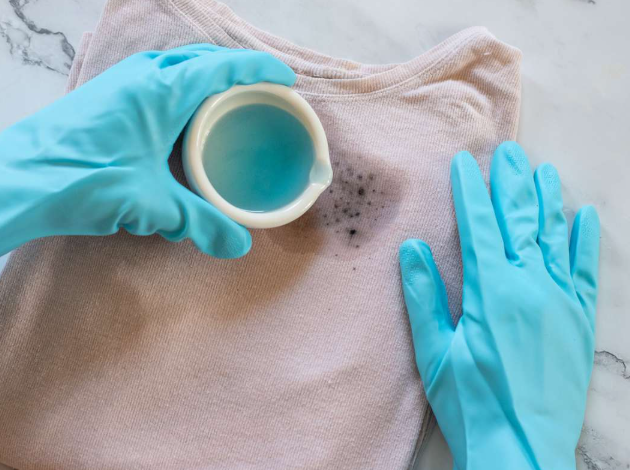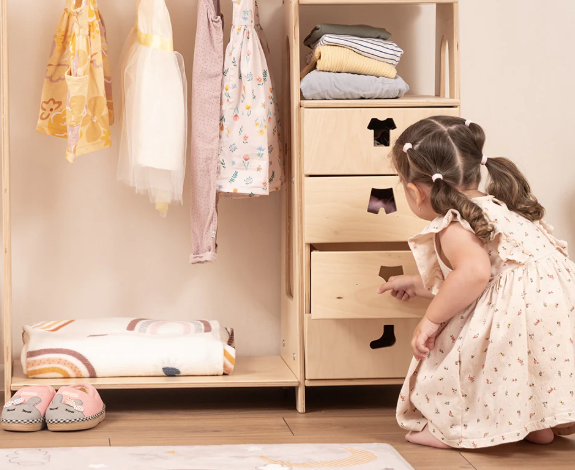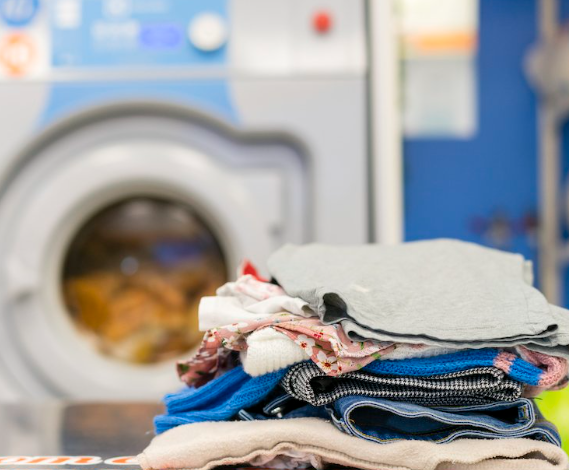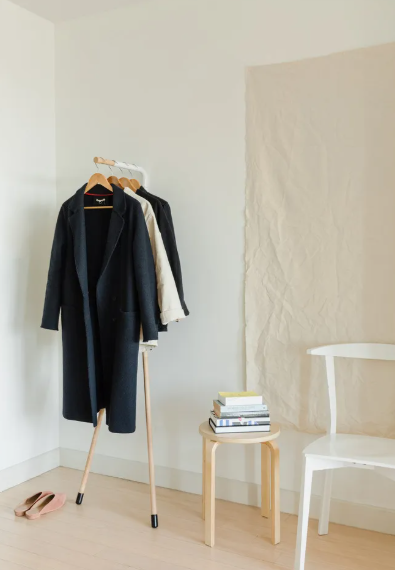
How to Safely Remove Mold from Clothes and Keep It Out
Mold can be a pesky problem for your wardrobe, especially if your clothes are exposed to damp conditions. Whether it’s a damp basement or wet laundry left too long in the machine, mold can easily take hold of your fabrics. But don’t worry—there are effective ways to get rid of mold and prevent it from returning. Here’s everything you need to know about removing mold from your clothes and keeping your wardrobe safe.
What Causes Mold to Grow on Clothes?
Mold thrives in warm, damp environments with poor ventilation. Clothes made from natural materials like cotton, wool, and linen are particularly prone to mold when left damp for extended periods. Common causes of mold on clothes include:
- Wet clothes left too long: If you leave laundry in the washing machine or laundry basket for too long, mold can start growing within 24 to 48 hours.
- High humidity: Poorly ventilated spaces like basements or closets with high humidity are ideal environments for mold to flourish.
- Improper drying: Clothes that aren’t fully dried before being stored can harbor moisture, encouraging mold growth.
Signs of Mold on Clothes
Identifying mold early is key to preventing further damage. Some common signs that mold has invaded your clothes include:
- Musty smell: Mold produces a strong, unpleasant odor that’s often the first sign of its presence.
- Discoloration: Mold appears as black, white, green, or gray spots on fabric, and it may appear fuzzy or slimy.
- Fabric damage: Over time, mold weakens fabric fibers, making clothes more prone to tearing. Delicate fabrics, like silk or wool, can be especially vulnerable.
Exposure to mold can cause respiratory problems and skin irritation, so it’s essential to address the issue immediately.
How to Safely Remove Mold from Clothes
Before tackling mold stains, you need to remove the loose spores to prevent spreading. Here’s how:
- Take clothes outside: Mold spores can easily become airborne, so always take affected clothes outdoors before cleaning.
- Shake out the clothes: Gently shake or beat the clothes to release loose spores. Make sure you’re standing upwind to avoid inhaling the spores.
- Brush off visible mold: Use a soft brush to remove any visible mold spots. Wear gloves and a mask to protect yourself from direct contact with mold spores.
Once you’ve removed the loose spores, it’s time to pre-treat the stains.
Pre-Treating Mold Stains
There are several natural and chemical solutions for pre-treating mold stains:
- White vinegar: Vinegar’s acidic properties kill mold and prevent it from returning. Mix equal parts vinegar and water in a spray bottle, then apply it to the affected areas or soak the entire garment for 1–2 hours.
- Baking soda: Make a paste with baking soda and water, then apply it to the moldy spots. Let it sit for 30 minutes to an hour before washing. Baking soda also helps eliminate musty odors.
- Lemon juice and salt: This natural bleach is effective at removing stains, especially when combined with sunlight. Apply fresh lemon juice and salt to the moldy areas, let it sit for an hour, then rinse and wash.
- Hydrogen peroxide: Apply 3% hydrogen peroxide directly to the mold spots. Let it sit for 10 minutes before scrubbing with a soft brush and rinsing well.
- Commercial mold removers: For severe mold problems, use a commercial mold remover according to the product instructions.
How to Wash Moldy Clothes Effectively
After pre-treating the mold stains, it’s essential to wash the clothes properly:
- Use hot water: Mold spores survive in cooler temperatures, so wash clothes in hot water (above 140°F or 60°C) to kill them.
- Choose a powerful detergent: Opt for a detergent designed to fight mold and mildew. Detergents with enzymes are particularly effective at breaking down mold spores. You can also add a mold-fighting additive like vinegar or tea tree oil to the wash cycle.
- Add mold-fighting additives: For heavily affected garments, adding tea tree oil (10 drops) or oxygen bleach can help eliminate stubborn mold spores.
Drying Clothes in Sunlight
After washing your clothes, drying them properly is crucial. Sunlight is one of the most natural and effective ways to kill lingering mold spores. UV rays from the sun can also help remove musty odors. However, be cautious with dark or delicate fabrics, as extended exposure to sunlight can cause fading.
If drying outdoors isn’t an option, dry clothes in a well-ventilated area or use a dryer, ensuring all moisture is removed.
Preventing Mold Growth in the Future
To keep mold from returning, follow these tips for proper storage:
- Ensure clothes are completely dry: Never store damp clothes, as moisture encourages mold growth. Make sure clothes are fully dried before storing.
- Use breathable storage containers: Avoid plastic bags or sealed containers, as they trap moisture. Use breathable cotton garment bags or fabric-lined bins instead.
- Control humidity: In areas with high humidity, such as basements, use a dehumidifier to maintain moisture levels below 60%.
- Store with cedar: Cedar is a natural repellent against mold and pests. Place cedar blocks or sachets in your closet or storage areas to absorb moisture and keep your clothes mold-free.
- Rotate and air out clothes: Periodically rotate clothes in long-term storage and air them out to ensure they stay dry and fresh.
Dealing with Persistent Mold Odors
Sometimes, even after mold has been removed, a musty smell can linger. Here’s how to tackle persistent odors:
- Use baking soda: Add half a cup of baking soda to your washing machine to neutralize odors.
- Soak in vinegar: Soak affected clothes in a solution of one part vinegar to three parts water for an hour before washing again.
- Essential oils: Add a few drops of antifungal essential oils like lavender or eucalyptus to your wash for a fresh scent and mold-fighting properties.
Long-Term Tips for Keeping Mold Out of Your Wardrobe
Preventing mold from coming back involves maintaining a clean, dry environment:
- Regular cleaning: Clean your wardrobe and closets to prevent moisture and dust buildup, which can create mold-friendly conditions.
- Ensure proper ventilation: Make sure your storage spaces have adequate airflow to prevent dampness.
- Use dehumidifiers: In damp areas, dehumidifiers can help reduce humidity and keep mold at bay.
- Inspect and rotate stored clothes: Periodically check on clothes in storage to ensure they’re not developing mold. Rotating and airing out stored items will help keep them fresh.
By following these steps, you can effectively remove mold from your clothes and prevent it from returning. Proper cleaning, drying, and storage techniques will keep your wardrobe mold-free and in great condition. A little prevention goes a long way in protecting your clothes from the damaging effects of mold.






